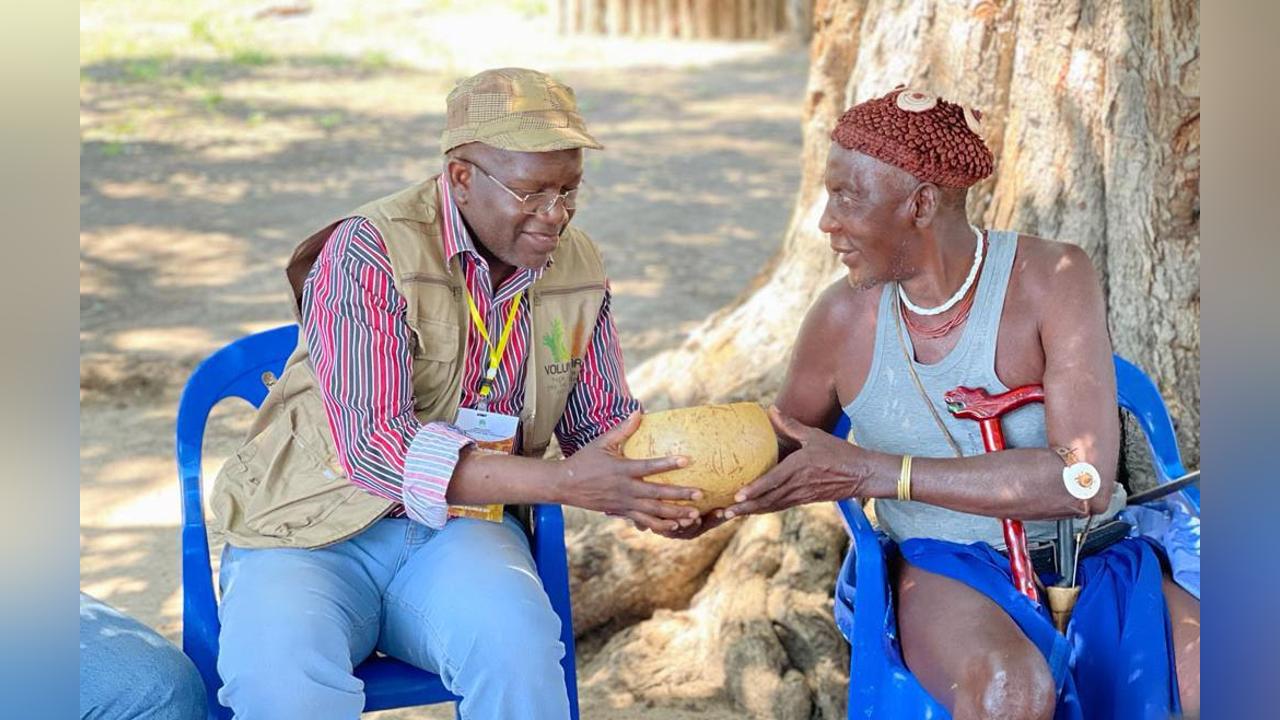Africa-Press – Angola. The Ombala of the King of the Gambos, Katende Mwekwilepye, in Huíla province, is in a position to be elevated to the category of National Cultural Heritage, historical facts in the colonial resistance, said Tuesday, the director of Culture, Tourism, Youth and Sports, Osvaldo Lunda.
In addition to the Ombala of the sovereign of the Gambos, 17 kilometers from the municipal headquarters, the Fortress, the ruins of the Catholic Mission of Tchiepepe and the Bunker of FAPLA, whose recognition can be framed in Prehistory, in the description conservation and in the fight against colonial penetration.
Speaking to the press, on the sidelines of the visit carried out by a delegation from the Ministry of Culture and Tourism, within the scope of the celebrations of the International Day of Monuments and Sites, which is celebrated tuesday and which the municipality hosted the provincial act, he stressed that it was a “very” important and symbolic place.
The Place is already on the roadmap of what our potential for monuments and sites are, as it has everything to be able to work on its elevation, both to Ombala and the figure of the King himself, according to Osvaldo Lunda.
“We brought the Deputy National Director of the National Institute of Cultural Heritage, Emanuel Caboco, to verify our intention and that he approve and we start working, to quickly elevate more infrastructures in the Gambos to cultural heritage”, he explained.
In turn, the Deputy National Director of the National Institute of Cultural Heritage considered it to be one of the most symbolic institutions of traditional power in the region, with traditional traits of great relevance from a cultural point of view.
“It is nostalgic to see that after decades, centuries, the preservation of essential traits of its material and immaterial culture is still notorious, these are symbolic and relevant elements, it interests us not only to preserve, but to give due treatment of official recognition, just as happened at the Bailundo branch”, he clarified.
The official assured that they will work on collecting more information, so that their recognition takes place in a short period of time.
The International Day for Monuments and Sites was established in 1982 by the International Council on Monuments and Sites (ICOMS) and approved by UNESCO the following year, with the aim of raising awareness among Member States to diversify, protect and conserve cultural heritage.
For More News And Analysis About Angola Follow Africa-Press






